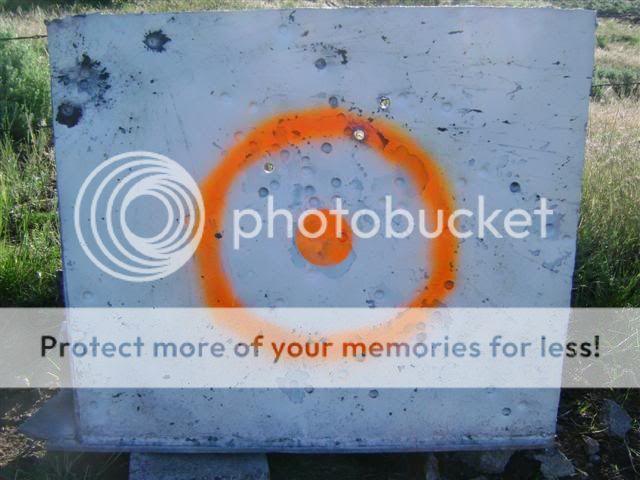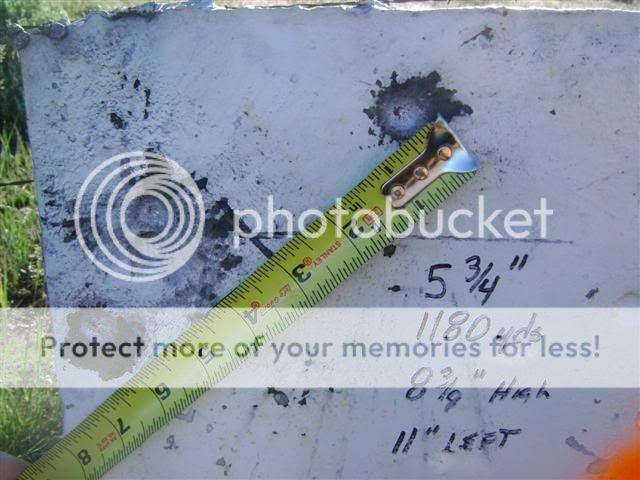Phorwath's rant is very valid. Now, when it comes to buying a Chronograph let me tell you what Bryan Litz said about that in his book:
I'll be quoting him here.
And then down lower...
If you find an Oehler you'll be paying a whole lot more and for what?... now the M2 is out which is way superior, more sensitive than the former one and for less than $200.00 bucks. Why going back in technology when you can go forward. That's why I got me a CED M2...
Len Backus has written some place also, something similar about the CED and the Oehler. Well... let's just say he's using a CED chronograph.
Just go with your guts feelings though!!!!!!!
Eaglet.
I went with my instincts after having used the Oehler 33s for many years, and reading some recurrent troubling posts on the CED operations reliability on this Forum. To be clear, I have never used a CED. I was preparing to purchase one but then read of too many operations issues by too many users. Some even after having spent the extra money for the CED infrared skyscreens. Then Oehler advertised a 2010 production of their Model 35P. That made my decision pretty easy, and ordered the Oehler.
Oehler's been servicing the US government and industry with premium chronographs for many years. If you read Oehler's web site, you'll read accuracy specifications that are real life. Typical is +/- 0.25% with their 35P and the factory skyscreen spacing. That's in the ball park of what I experience with my current Oehler and PACT. With a 3000 fps MV, that's an error of +/- 7.5 fps. And that error can be reduced with the Oehler 35Ps by running a larger skyscreen separation than the 4' factory spacing. Plenty good for my needs. After accuracy, the second priority is the unit's reliability to obtain a reading on almost every shot. I don't want to place a bullet dead center over the skyscreens at 1000 yds only to find out the velocity was not recorded. I'm giving the nod to the Oehler on that one based on the posts I've read. Lastly, two chronographs are required to be run in tandem to meet my personal goal and needs. The Oehler 35P contains the second proof channel - built in - ready to roll. The alternative is to purchase two other units and hook them together like I have. How much cost savings is there by the time two other units are purchased and fabricated to run as one?
I'm a combination of engineer and home mechanic & welder. Not everyone is interested in fabrication of the skyscreen rail to mate two chronographs into the equivalent of one unit running two chronographs in tandem. So again, the Oehler is ready to run. When mine comes in I'll probably increase the spacing of the primary channel to 6 or 8 feet and run the proof channel at a 3 or 4 foot separation, for an improvement in accuracy compared to the factory 4' primary channel spacing and 2' proof channel spacing. Increasing the skyscreen spacing directly improves the accuracy of any unit, CED or Oehler, because any error associated with the skyscreen spacing is larger with smaller skyscreen spacing. I believe the CEDs are built to operate with a 2' spacing, and there is no provision in the CED software to reset that spacing to 4', 6', or 8', in order to reduce error in skyscreen mounting. A 1/8" error in skyscreen mounting over a 2' separation distance introduces a 0.52% error into the data right from the get-go, even if the chronograph operates perfectly. A 1/8" error in skyscreen mounting with a 8' separation distance produces a 0.13% error in data. With the Oehler, you just reset the setting on the chronograph to match the skyscreen spacing you ultimately decide to operate with. And since the Oehler skyscreens mount on a piece of 1/2" EMT conduit, increasing the skyscreen spacing is as simple and cheap as purchasing a 10' stick of 1/2" EMT and measuring and dimpling the EMT for the desired spacing.
My e-mail communications with CED confirmed that their software did not allow for an increased skyscreen spacing. They told me their model's accuracy was confirmed by an independent tester to be just as good at 2' as it would be at 8' separation. But that doesn't tell the whole of it. That may be true for the electronic processing of the impulses triggered by the skyscreens. But the part that is conveniently overlooked is that a tiny error in skyscreen mounting is magnified with the 2' skyscreen separation distance, no matter the increased clock speed of the electronics or how perfect the rest of the unit functions. A measurement error is a measurement error, and the best way to reduce that inherent error is to increase skyscreen separation distance, IMO.
Last edited:




